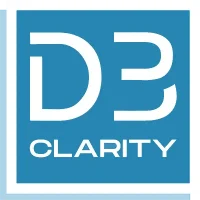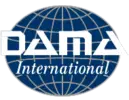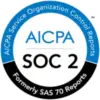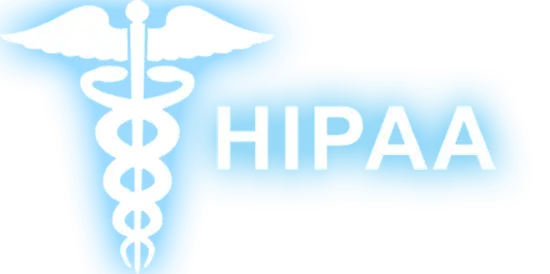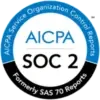Asset
DESCRIPTION:
The master data management (MDM) asset domain is dedicated to the centralized governance, management, and distribution of standardized data related to an organization’s tangible and intangible assets. This domain captures detailed information about assets to maximize their utilization, ensure compliance, track their lifecycle, and support operational activities. Given the financial implications tied to assets, the asset domain in MDM is critical for organizations to gain transparency over asset ownership, value, status, and location.
TYPES:
- Tangible Assets: Physical items like machinery, buildings, and vehicles.
- Intangible Assets: Non-physical assets like patents, copyrights, brands, and software licenses.
- Financial Assets: Investments, stocks, bonds, and cash equivalents.
- Digital Assets: Digital files like images, videos, documents, and other media content.
COMMON ATTRIBUTES:
- Asset ID/Code
- Asset Name/Description
- Asset Type/Category
- Acquisition Date
- Acquisition Cost
- Depreciation Value and Method
- Current Value
- Asset Location
- Ownership Details
- Maintenance Schedule and History
- Asset Lifecycle Status (e.g., in-use, disposed, in-maintenance)
- Warranty & Support Information
BENEFITS:
- Enhanced Visibility: Provides a clear view of all assets, their status, and their location.
- Efficient Asset Utilization: Ensures assets are effectively used and not left idle or underutilized.
- Optimized Maintenance: Scheduled and tracked maintenance reduces breakdowns and increases asset longevity.
- Compliance & Reporting: Ensures adherence to regulatory requirements and simplifies asset reporting.
- Financial Control: Offers a clear understanding of asset value, depreciation, and financial implications.
CHALLENGES & CONSIDERATIONS:
- Data Accuracy: Keeping asset information up-to-date, especially as assets move, change status, or depreciate.
- Integration with Other Systems: Ensuring that asset data is synchronized across procurement, operations, finance, and other systems.
- Diverse Asset Types: Managing varying types of assets, each with its unique attributes and considerations.
- Regulatory Adherence: Different assets may have varying regulations, especially in industries like healthcare, finance, and manufacturing.
COMMON DEPENDENCIES:
- Procurement Domain: For details on asset purchases, vendors, and procurement contracts.
- Finance Domain: For insights into financial implications, valuations, and accounting practices related to assets.
- Operations Domain: To understand how assets are utilized in daily operations.
The asset domain within MDM is pivotal for organizations aiming to maintain clarity and control over their valuable resources. From maximizing the utility of assets to ensuring compliance and accurate financial reporting, a well-maintained asset domain can significantly impact operational efficiency and financial stability. As organizations grow and diversify their asset portfolios, a robust MDM practice becomes imperative to navigate the complexities and derive value from these assets.



